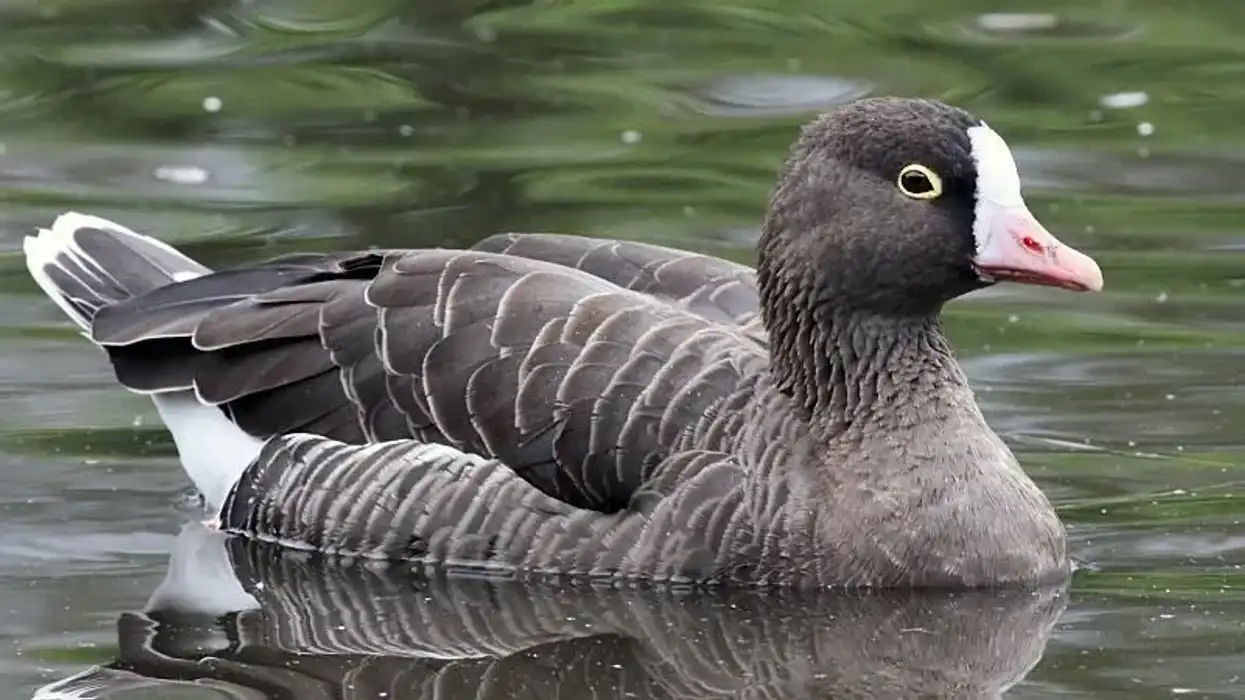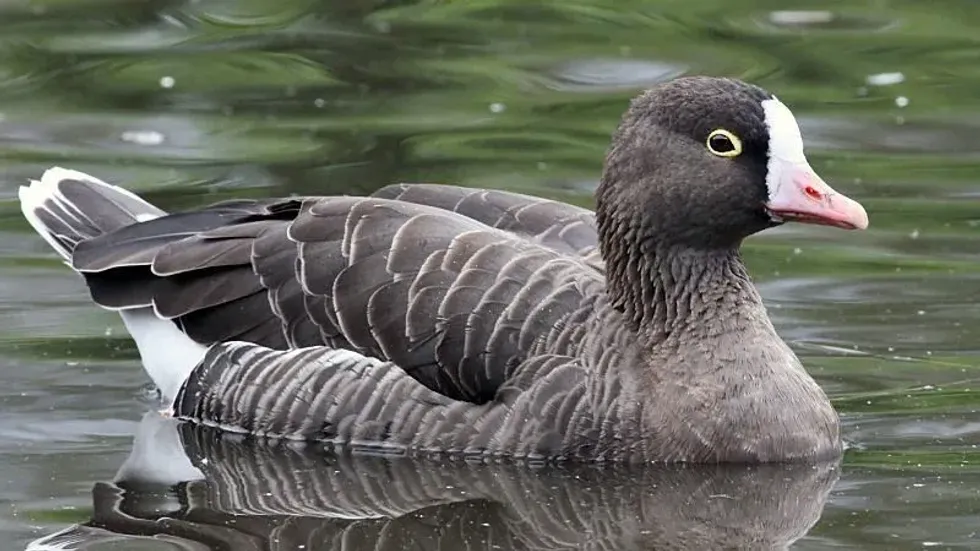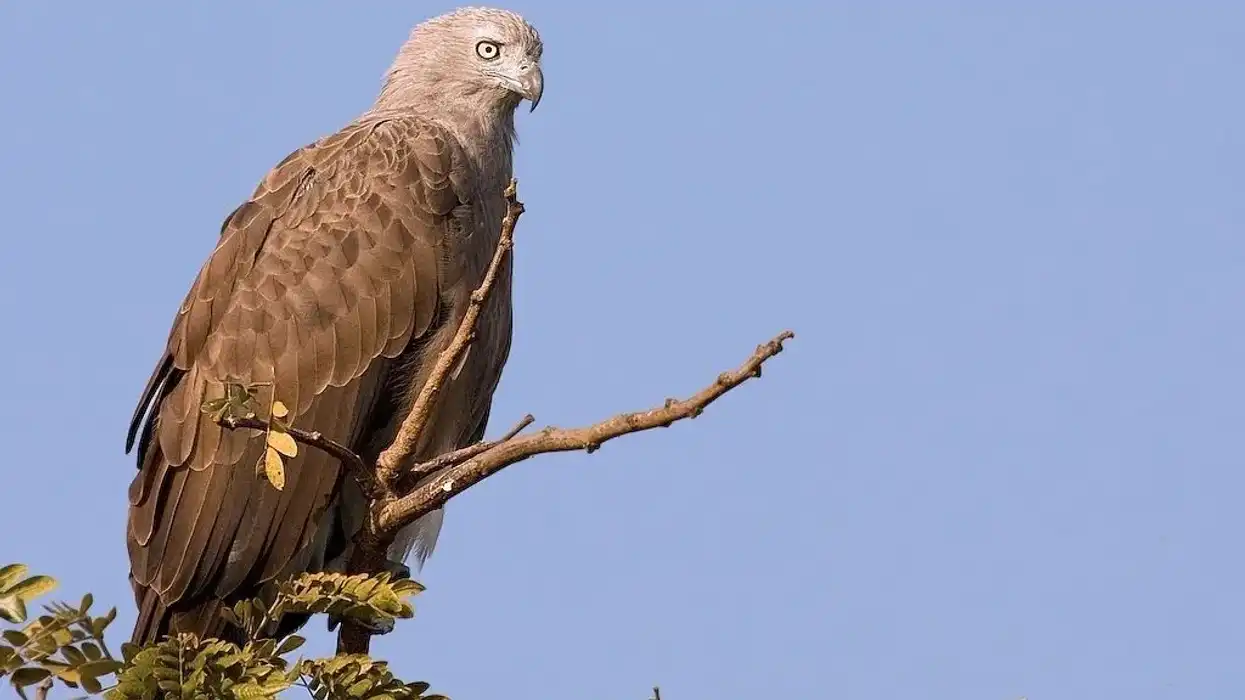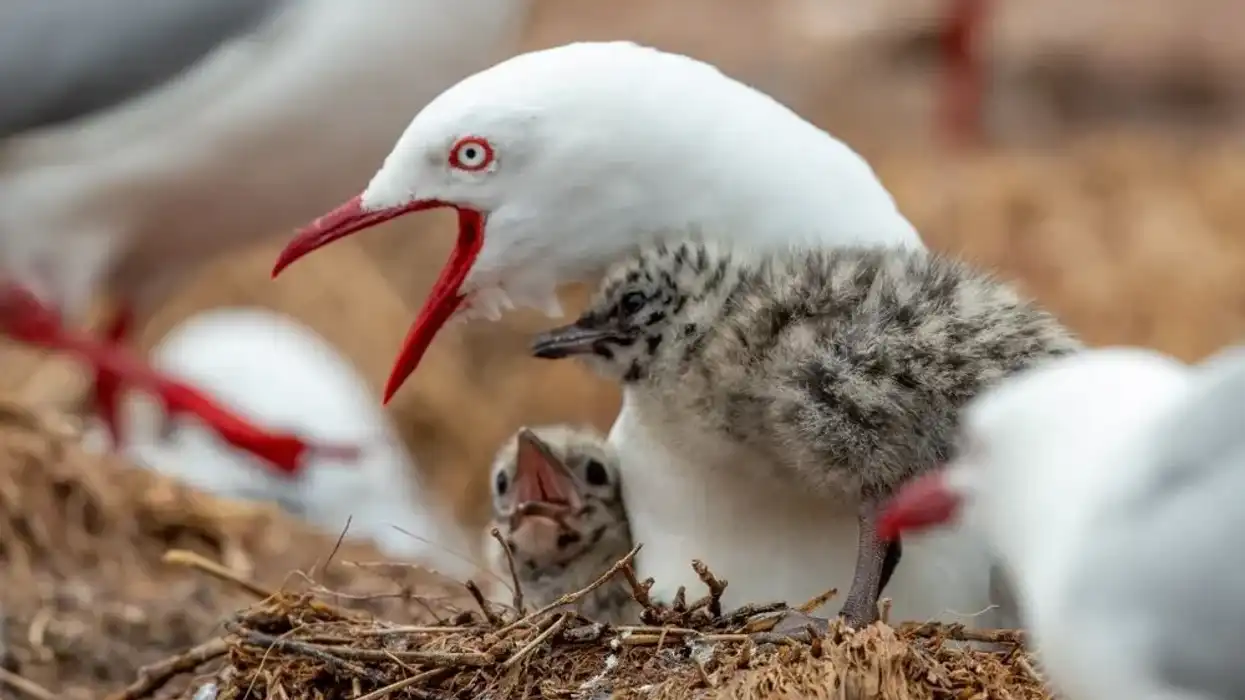The lesser white-fronted goose (Anser erythropus) is a monotypic goose that is restricted to the northern Scandinavian Palearctic region during the breeding season. Migration takes place in the winter, they move to their wintering grounds during the freezing cold winters of their breeding ground.
Overhunting throughout the breeding range and the wintering range of the goose has caused a rapid decline in the population of the geese.
This accompanied by habitat loss has resulted in a massive blow to the populations of the goose. Population fragmentation has also been noticed in the areas where the birds breed.
The populations of these geese were abundant in the late 1900s. More than 64,000 individuals flocked in the lesser white-fronted goose range between 1988 and 1993.
Unfortunately, this number decreased to 20,000 individuals in 1997 and less than 17,000 by 2004. The Fennoscandian population has decreased by more than 10,000 individuals since the first half of the 20th century. To know more facts about the birds, keep on reading these amazing facts.
For similar content check out Sanderling and Pelican facts too.
Lesser White-Fronted Goose Interesting Facts
What type of animal is a lesser white-fronted goose?
The lesser white-fronted goose (Anser erythropus) is a type of bird, specifically a type of goose, that strongly resembles the greater white-fronted goose (Anser albifrons).
What class of animal does a lesser white-fronted goose belong to?
The lesser white-fronted goose (Anser erythropus) of Anseriformes order and Anatidae family belongs to the class Aves, the common class for all birds.
How many lesser white-fronted geese are there in the world?
The global population of adult lesser white-fronted goose (Anser erythropus) is estimated to be around 16,000-27,000 mature individuals. This equates to a world population of 24,000-40,000 individuals in total.
The western Palearctic region shelters around 14,000-21,000 individuals during the autumn season. 14,000-19,000 individuals were recorded around the East Asian flying pass of these geese. The former Russian population of the goose is estimated to be around 30,000-50,000 individuals also declined in the past few decades.
Where does a lesser white-fronted goose live?
The distribution of the lesser white-fronted goose is divided into breeding range and wintering range. The birds breed throughout the northern Palearctic zone in the summer.
The Russian and the Fennoscandian birds form the key component of their total estimated number.
They are found in the Nordic countries like Norway, Sweden, and Finland, and in the Kola Peninsula in Russia. The west Asian species are found in the northern Russian tundra region and west Siberia in the breeding season while the east Asian species reside in the north of eastern Siberia.
In the winter, they move towards the south to escape from the snow. The key regions where the western Asian species are found during the winters are Iraq, Iran, and Uzbekistan.
The east Asian species inhabit places like China, the Korean peninsula, and Japan.
The goose populates the regions around the Black Sea and the Caspian Sea in the west and the Yangtze valley of China in the east. The species migrating towards the south around the Caspian Sea from Norway and north Russia have higher success rates than the rest.
What is a lesser white-fronted goose's habitat?
The goose breeds in wooded tundra habitats. It prefers moist regions with thick bushes and thickets. The lesser white-fronted goose in islands or near the coasts of seas, and mountain lakes. Migration takes place in the winters. During this time they settle in semi-arid countries and are found in meadows, farmlands, and steppes.
Who do lesser white-fronted geese live with?
In the breeding season, the lesser white-fronted goose mainly lives in solitary pairs but outside the breeding season, they are highly gregarious. They form large flocks with same as well as with other species around lakes and ponds.
The chick remains in their family group till the first year of their life. The birds also migrate by forming large groups.
How long does a lesser white-fronted goose live?
The eldest greater white-fronted goose that was ever recorded lived for more than 25 years but the lifespan of the less white-fronted goose is unknown.
How do they reproduce?
The lesser white-fronted goose breeds between May and June but it stays in the breeding site till August or September. They form monogamous pairs and the adults breed for life.
They mainly breed in sites that are strictly snow-free and adults might reuse the old nests several times. The female goose lays three to four white eggs and the eggs are incubated by the females only.
The young chicks emerge from the eggs after an incubation period of 25-28 days. The chicks fledge the nest after 35-40 days, usually in August but they spend their first winter with their parents.
By the time the adult birds leave for the breeding site, the chicks separate from their parents. They reach sexual maturity at two to three years old.
What is their conservation status?
The lesser white-fronted goose is listed as a Vulnerable species in the Red List produced by the International Union for Conservation of Nature or the IUCN. The population trend of birds has been declining for the past few decades.
This decline is assumed to continue even in the following years as their bird's Russian breed grounds continue to decrease. The Fennoscandian species has undergone an unrecoverable historical decline.
Lesser White-Fronted Goose Fun Facts
What do lesser white-fronted geese look like?
The lesser white-fronted goose is a type of large bird that is found in the tundra region of the world. They closely resemble the greater white-fronted geese.
The species have brown plumage and it seems to be much darker than the plumage of the greater ones. The head, neck, and upper parts are dark brown in color with a white patch on the forehead.
A bright white border line demarcates the wings from the flanks and the fings become longer than the tail when at rest. The adult has a bright pink bill and orange legs. The eyes are encircled by a yellow eye-ring.
The juveniles are gray in color and have a steep forehead with a short neck. The forehead is steeper in the case of females than males.
How cute are they?
They have a pudgy structure which makes them look very cute.
How do they communicate?
The goose communicates by vocalization. The lesser white-fronted goose call sounds like a squeak high-pitched shrill.
How big is a lesser white-fronted goose?
The length of a white-fronted goose ranges between 21-26 in (53-66 cm). They are four times larger in length than the African pygmy goose.
How fast can a lesser white-fronted goose fly?
The lesser white-fronted goose flaps its wings faster in flight than its greater relatives however, the flight speed is unknown.
How much does a lesser white-fronted goose weigh?
The lesser white-fronted goose weight ranges between 3-5 lb (1.36-2.26 kg). Their weight is similar to the snow goose.
What are the male and female names of the species?
The male and the female lesser white-fronted goose are respectively referred to as cock and hen.
What would you call a baby lesser white-fronted goose?
A baby lesser white-fronted goose is called a chick.
What do they eat?
The geese are strictly vegetarian and they feed on plant matter like moss, grass, and seeds.
Are they poisonous?
No, they are not poisonous.
Would they make a good pet?
No, they do not make good pets.
Did you know...
The species is known for their unity and a partner lives alone for the rest of the life if the other one dies.
Are lesser white-fronted geese Endangered?
The lesser white-fronted goose is a Vulnerable species according to the IUCN Red List. The goose is now considered to be an endangered species like the nene goose.
The high mortality rate of the adult birds due to hunting has intensified the loss of the bird's group, especially from their winter grounds. Habitat decline in those areas is also a major factor that has affected the group on a large scale.
Several conservation programs mainly to protect their key winter and breeding areas ha been undertaken. Experts are trying to breed the Russian and the Scandinavian populations in captivity to restore the numbers.
What's the difference between a lesser white-fronted goose and a greater white-fronted goose?
The greater white-fronted goose (Anser albifrons) is a related species of the lesser white-fronted goose but the former is a bit larger than the latter. The greater ones look similar to the gray goose.
The pink bill and the orange legs are longer in the greater geese than the former ones. The greater white-fronted goose also has a whiter belly. The lesser white-fronted goose yellow eye-ring is brighter than the greater ones.
Here at Kidadl, we have carefully created lots of interesting family-friendly animal facts for everyone to discover! Learn more about some other birds from our green heron facts and common murre interesting facts pages.
You can even occupy yourself at home by coloring in one of our free printable baby goose coloring pages.
Both images by Ken Billington.










